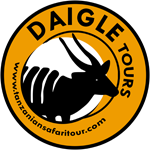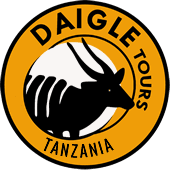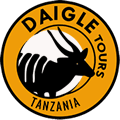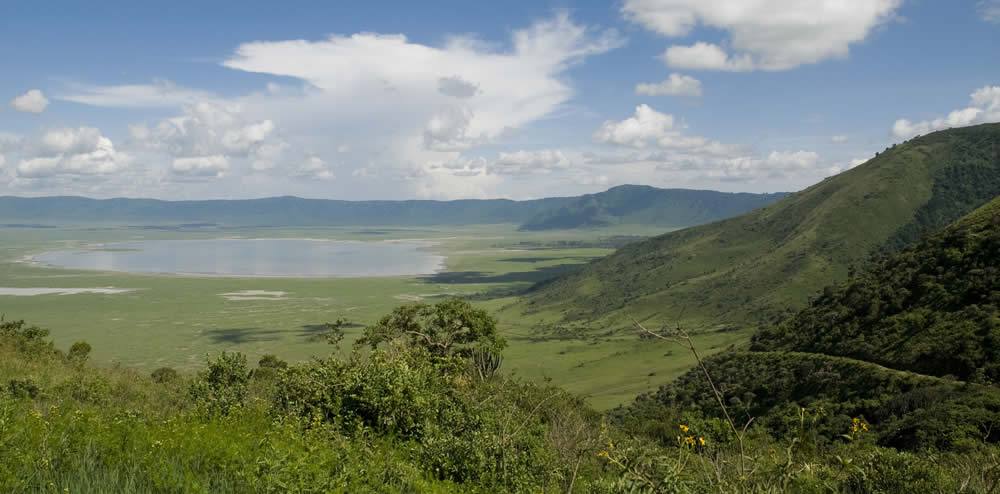The Ngorongoro Crater in Tanzania is often referred to as the 8th Wonder of the World. It is the largest intact volcanic caldera in the world and the Ngorongoro Conservation Area is also a world heritage site.
The crater is a naturally formed amphitheater. The rim rises to an altitude of 7,000 to 8,000 feet while the flat crater floor rests at an elevation of about 5,500 feet. The walls rise 2,000 feet into the air and enclose the nearly 10 mile wide crater. Within this area resides the densest population of large animals in the world.
The crater is a microcosm of the massive Serengeti National Park and includes a staggering amount of wildlife. In one day it is possible to spot all the large carnivores Africa is most famous for.
This is truly an awe-inspiring place and will be one of the highlights of your safari. It lives up to its famous reputation for abundant wildlife and is the area where you’re most likely to see lions, hyenas, or cheetahs in action.
Wildlife Summary: The crater is not a self-contained ecosystem. Many animals migrate in and out, but the majority of the wildlife is present year-round. The rich soil and abundant water found in the crater create the ideal habitat to support the abundant wildlife within the crater.
There are approximately 20,000 large mammals within the crater’s walls at any given time. During your visit you are likely to encounter elephant, black rhinoceros, hippopotamus, buffalo, eland, zebra, wildebeest, hartbeest, waterbuck, warthog, and gazelle. Common primates include baboons and vervet monkeys.
Giraffes, impala and topi are the main herbivores which are not found here. Giraffes not only find it difficult to descend into the crater, but also lack the acacia leaves that are their primary nourishment once inside the crater. It is not clear why impala and topi are absent.
You’ll most likely encounter carnivores such as lions, cheetahs, hyenas, and jackals, and you may even be lucky enough to see them hunt the game. Leopards, servals (an African wild cat), bat-eared foxes, and ratels (honey badgers) are much more elusive, but still occasionally sighted.
Wildlife Fluctuations: The crater has undergone drastic changes since the early 1960s. Wildebeest typically made up at least half of the large animal population in the crater at that time but their numbers have declined since the 1970s.
As the wildebeest population has declined the buffalo population has risen. The departure of the Maasai in the mid 1970’s may have triggered this shift in population. The Maasai regularly burned grass in the Crater in order to create fresh, green grass for their cattle. This may have benefited the wildebeest. Now the grass is not being burnt it is longer and coarser which benefits the buffalo. Fluctuations in the population of large herbivores may have led to a decrease in lion and hyena numbers. This in turn allowed the cheetahs to thrive.
No one can predict what further changes the area will undergo in the coming decades. The only certainty is that it is truly a dynamic and changing ecosystem.
The Crater Floor: There are five distinct habitats within this relatively small area. The 100 square miles of the crater mirror the major habitats of the 15,000 square mile Serengeti ecosystem. For this reason, it is often called a microcosm of its enormous neighbor, the Serengeti.
The southwestern section is made up by the Lerai Forest. Lerai is a Maasai word that refers to the tall, yellow barked acacia trees that dominate the forest.
The forest is a gorgeous green expanse and is home to the only leopards in the crater. It is also home to baboons, vervet monkeys, waterbucks, and bushbucks. Lerai Forest is especially well known for its small population of giant tusker bull elephants.
The best time to visit Lerai Forest is in the early morning. This is when the elusive leopards are most active and likely to be seen.
Lake Magadi (also known as Lake Makat) makes up the central-western area of Ngorongoro Crater. The lake hosts thousands of migratory flamingos. Depending on the season, the lake may be full of water or a dry expanse of white soda. It is a marvelous sight.
Hippopotamus and water birds thrive in the southeastern and northwestern areas of the crater. The habitat in these sections consists of seasonal swamps that are ideal for these animals.
The central area is dominated by short grass plains. Thousands of wildebeest, zebra, and Thompson’s gazelle roam across these plains while buffalo traverse the longer grasslands of the eastern area. This is also where the serval cat, one of the smaller carnivores, can be found.
The Ngorongoro Crater is the second best place in Tanzania (perhaps all of Africa) to view the large carnivores. Lion, cheetah, hyena, serval, ratel, jackal, and bat eared fox live here and hunt within its boundaries. It is common to spot lions, cheetahs, hyenas, and jackal stalking the plain, but the other predators are much more elusive and difficult to see.
Four prides of lions and six clans of hyenas call the area home. Each of the lions living there today is directly descended from only 15 specimens that either survived or invaded the crater after a plague of biting flies in 1961.
The various populations of wildlife fluctuate wildly over time. This is due to both natural and unnatural phenomena. For example, an increase in the buffalo population may have a detrimental effect on the lion and hyena population because buffalo have been known to trample the young of both of these predators. In turn, a decrease in the lion population causes a rise in the cheetah population of the Crater because lions are the primary cause of cheetah cub mortality.
 Want to find out more about Tanzania safaris with Daigle Tours? For information about safari packages or to plan your bespoke safari download our brochure here or contact us now.
Want to find out more about Tanzania safaris with Daigle Tours? For information about safari packages or to plan your bespoke safari download our brochure here or contact us now.

